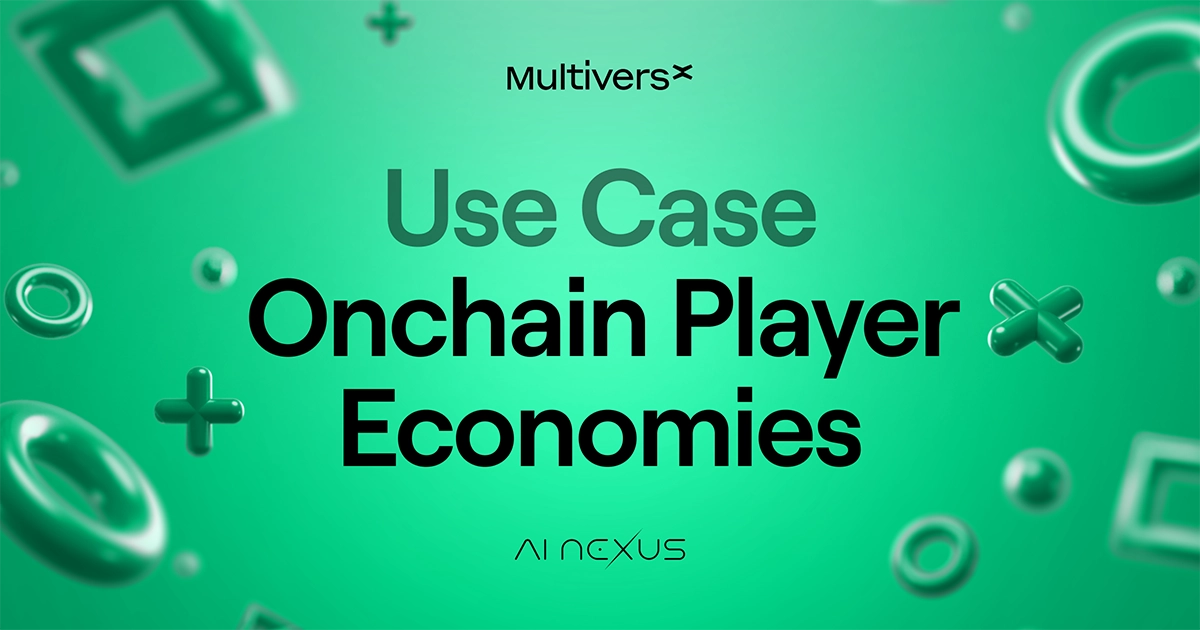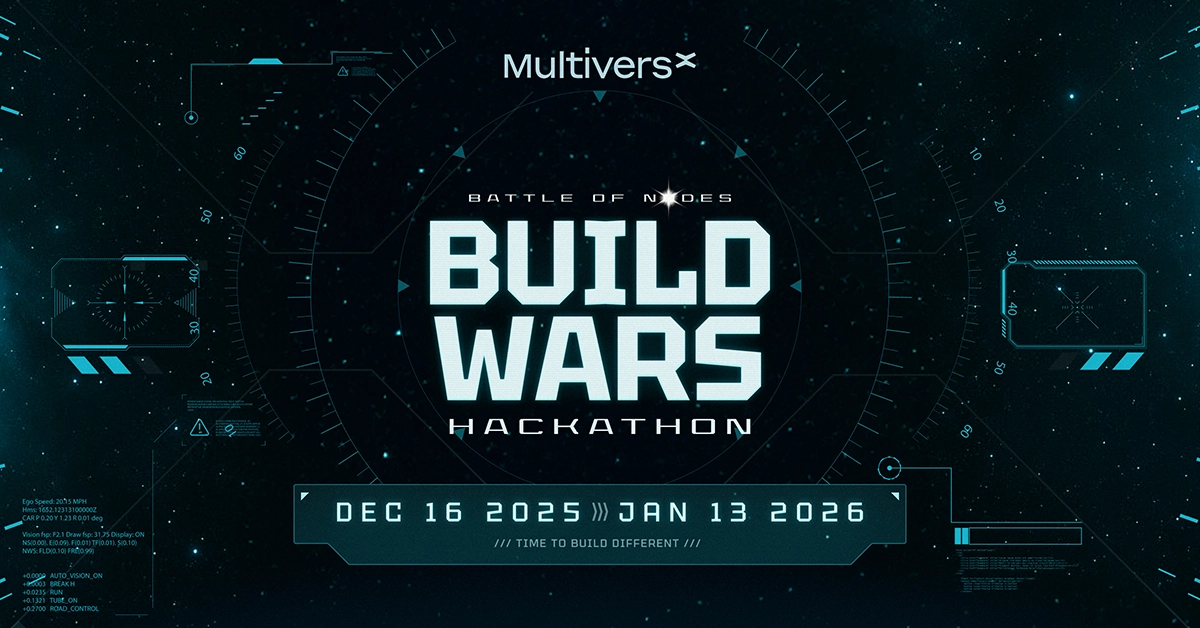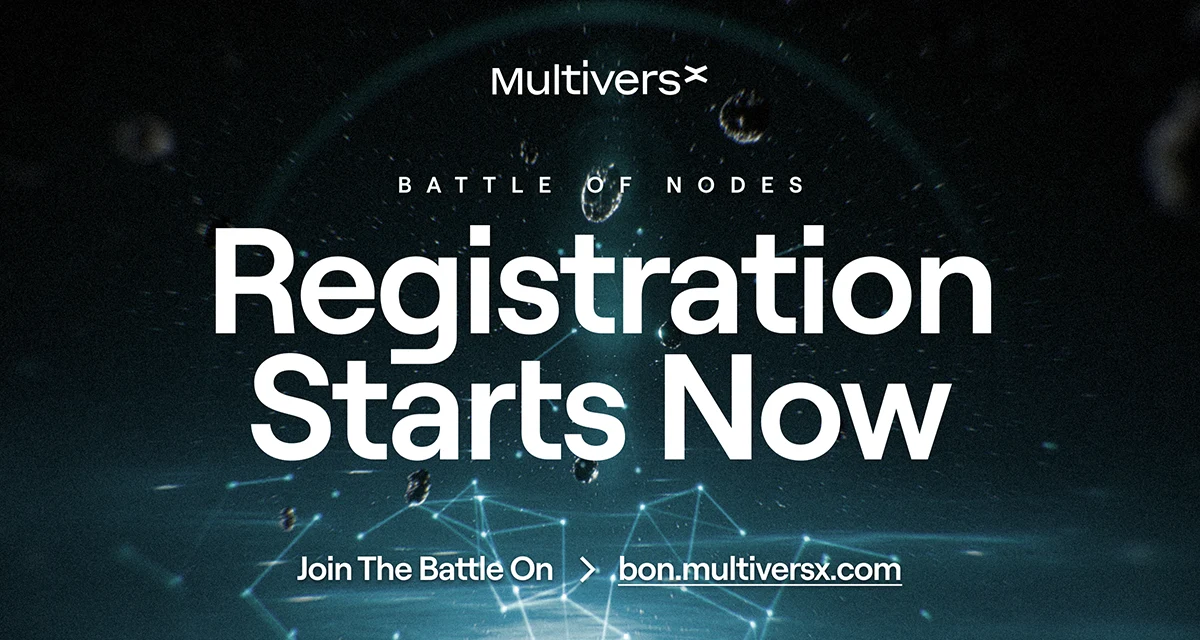

Why Gaming Needs Web3: A Shift Toward Onchain Player Economies
A Shift Toward Open Participation, Player Economies & Scalable Infrastructure
Modern games moved away from entertainment. They have become social networks, micro-economies, and creative platforms. Players now expect agency, ownership, and the ability to shape the worlds they engage with.
Yet, most game infrastructures remain closed. Assets are locked into centralized servers, creators face limited monetization paths, and user progress rarely extends beyond a single platform.
This disconnect between user expectations and technical capabilities has opened the door for Web3. With verifiable ownership and user-driven incentives, Web3 enables a new generation of games where communities are active participants. But delivering on that promise requires scalable, high-performance infrastructure purpose-built for this shift.
The Challenge: Limitations of Traditional Blockchains for Gaming
Early Web3 games revealed major infrastructure gaps. High fees, slow transaction speeds, and a poor onboarding experience made sustained adoption difficult. Many projects prioritized speculation over gameplay, lacking the technical depth to support scalable, long-term ecosystems.
To truly support next-generation gaming, infrastructure must go beyond raw throughput. It must offer configurable environments, fast and reliable execution, and seamless user experiences that lower the barrier to meaningful participation.
The Solution: MultiversX as the Engine for Scalable Games
MultiversX was built to support the demands of high-performance, global-scale applications, making it particularly well-suited for gaming environments that require speed, scalability, and flexibility.
With Sovereign Shards, developers can launch their own dedicated chains featuring super-fast transactions, custom security, and tailored economic logic, while remaining seamlessly connected to the MultiversX mainchain.
Combined with support for WASM Smart Contracts written in Rust, this architecture gives developers full control over in-game systems and economies, enabling the kind of flexibility and performance traditional blockchains can’t offer.
MultiversX’s infrastructure advantages provide a strong foundation for platforms like AI Nexus, which combine gameplay, AI-driven content creation, and player-owned economies in a seamless, mobile-first experience.
Case Study: AI Nexus as a Live Example of Scalable Web3 Gaming
AI Nexus is a mobile-first gaming and creative platform that allows users to generate virtual worlds, customize avatars, participate in real-time events, and create interactive content using integrated AI tools.
Some of their Web3-native mechanics, made possible by the underlying infrastructure are:
- Onchain Player Economies: Users can own and trade digital assets (cosmetics, land, collectibles) across an open marketplace. The $A1X token enables both in-game access and external purchase utility, with staking mechanisms that unlock premium features.
- Creator Incentives: Content creators can publish environments, assets, or interactive experiences. These can be monetized via royalties, token-gated access, or collaborative ownership models, showcasing a tangible application of decentralized value distribution.
Together, these features allow AI Nexus to function as a creator economy and social platform, one that would be difficult to replicate on traditional infrastructure.
Conclusion
Web3 introduces new building blocks for games, making ownership, creativity, and collaboration part of the core experience. For studios exploring this space, the right infrastructure is essential.
MultiversX offers a foundation built for games that demand speed, scale, and flexibility. It gives developers the tools to create real-time, user-driven worlds where communities can participate and grow together.
AI Nexus brings this idea to life, and you can try it for yourself at a1x.io
More articles






